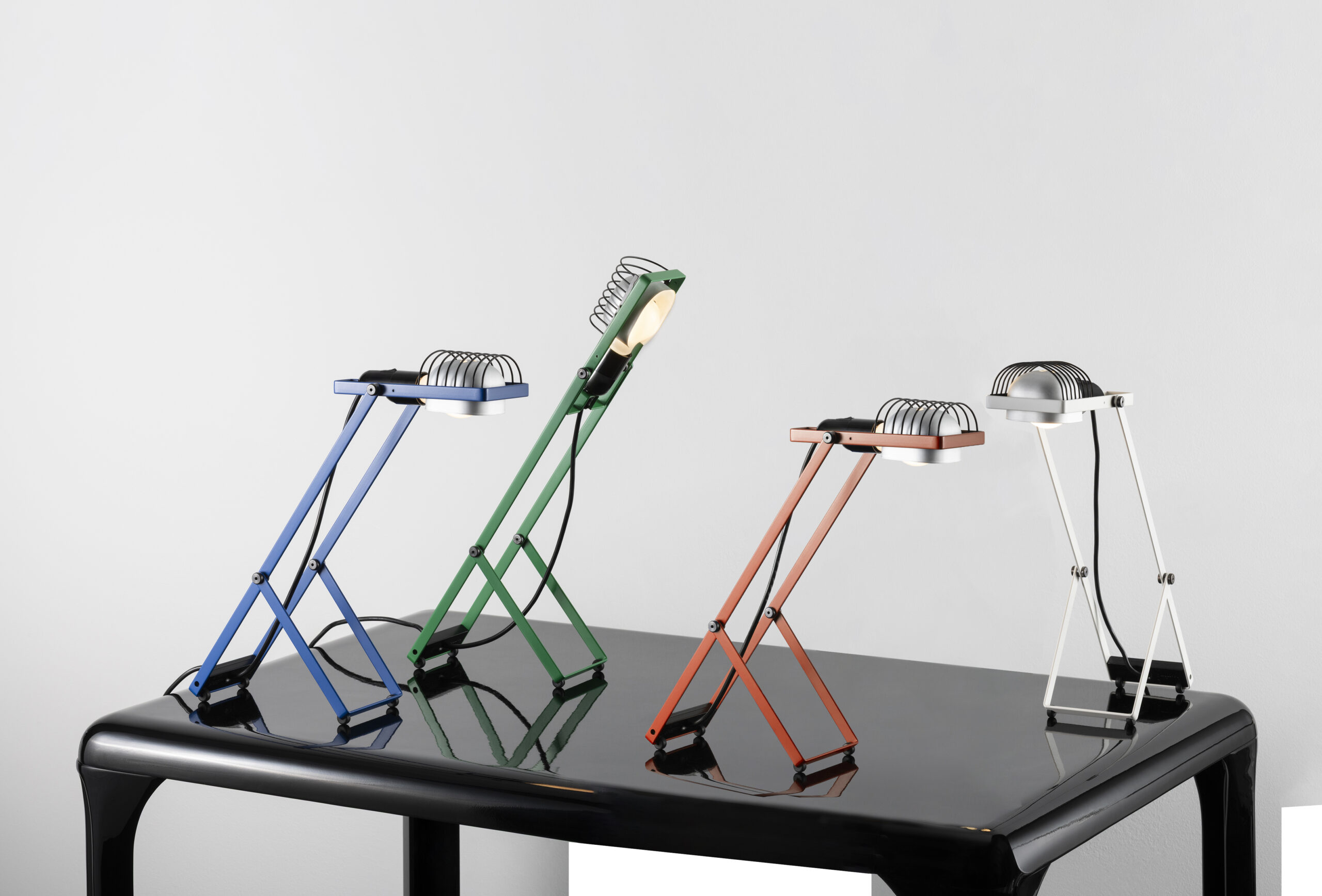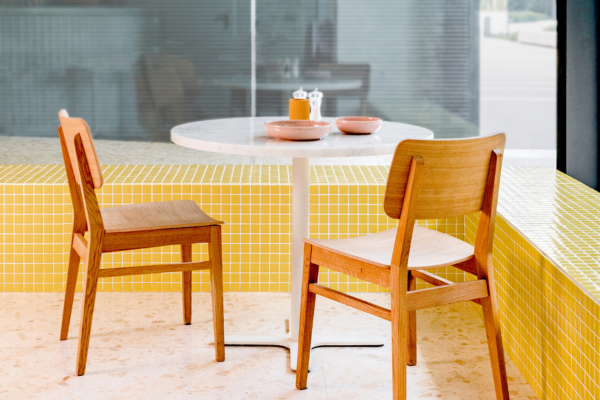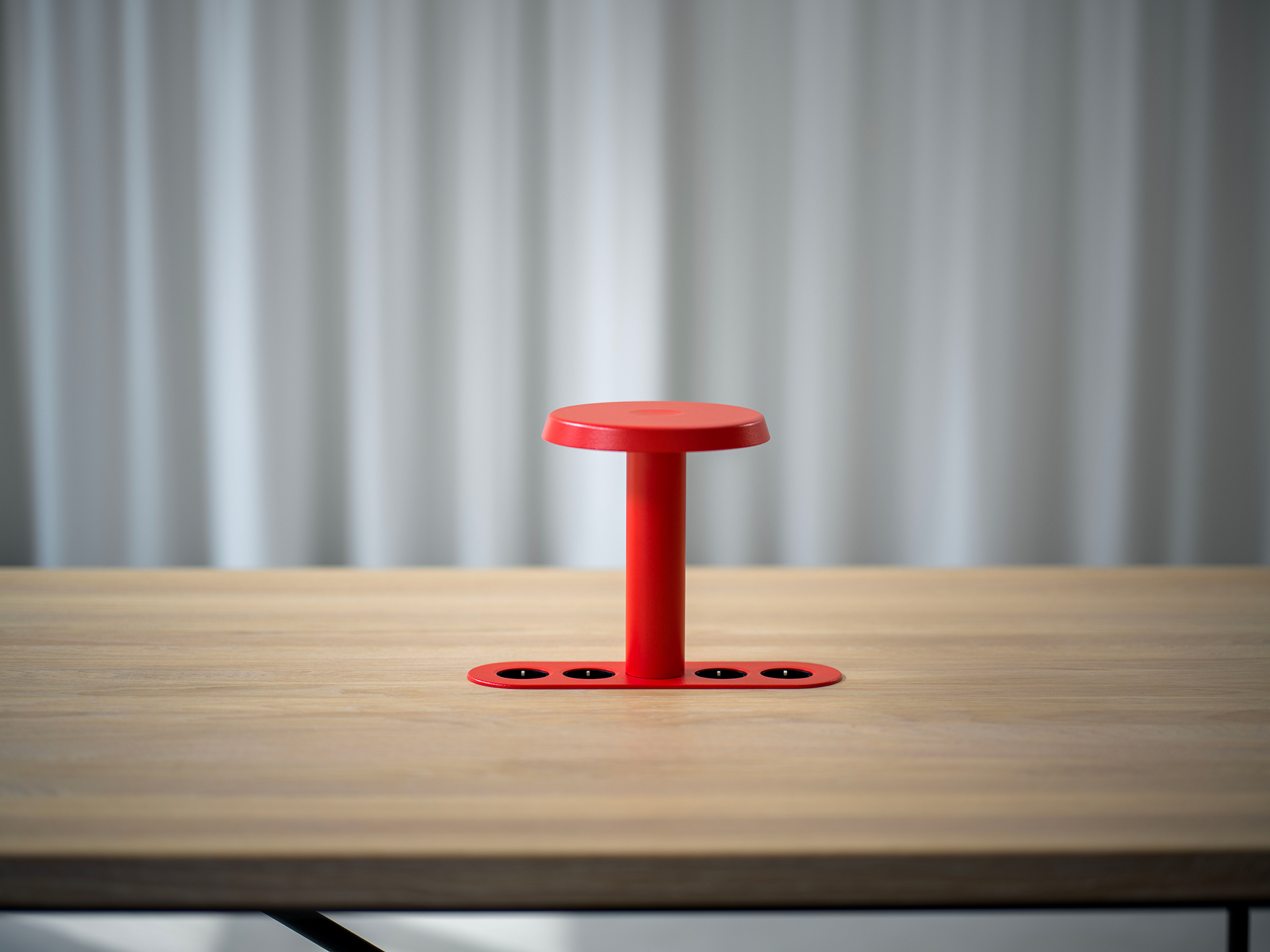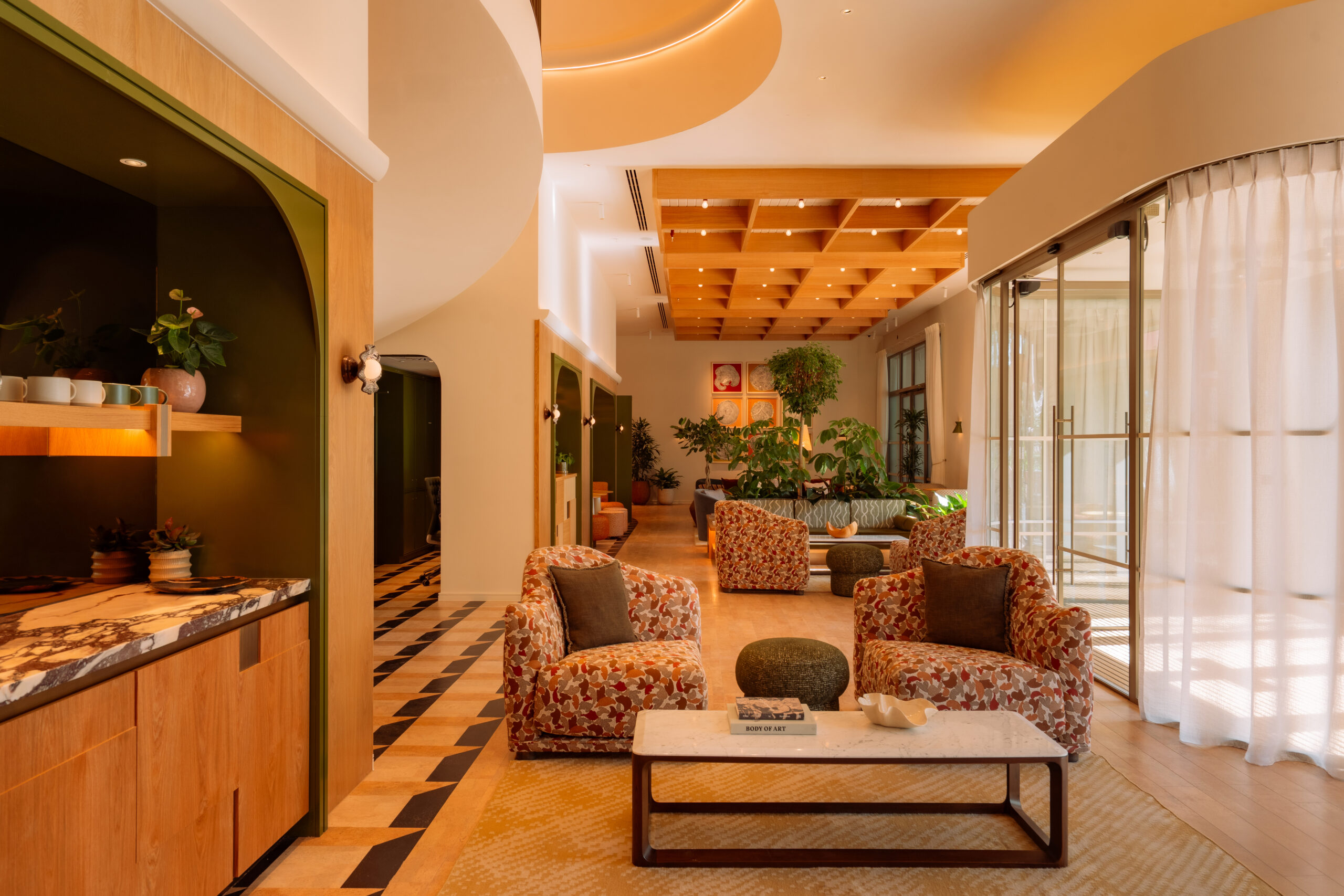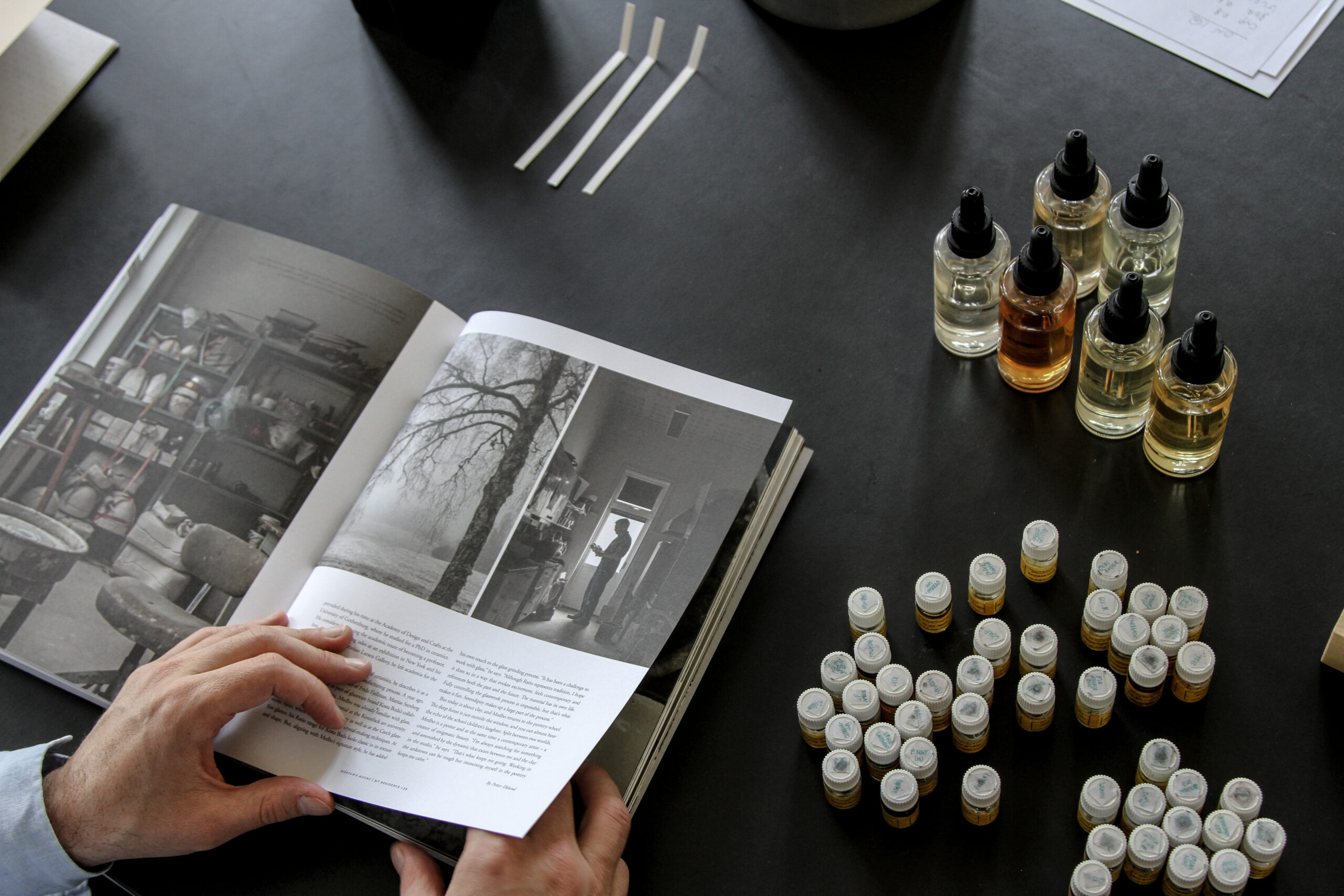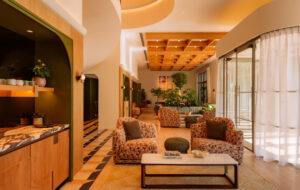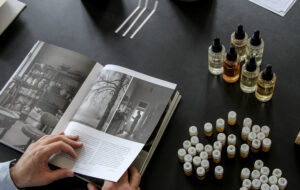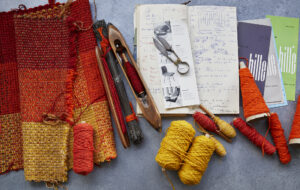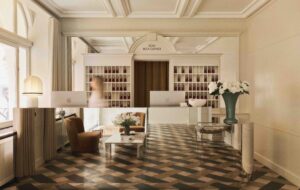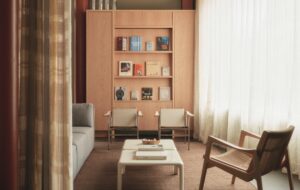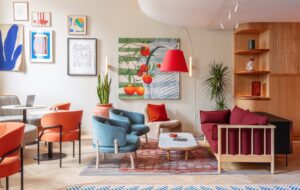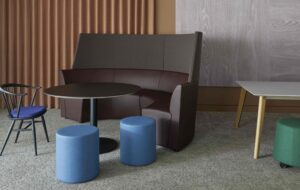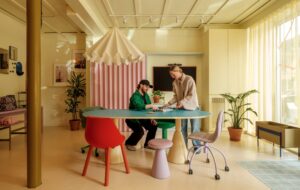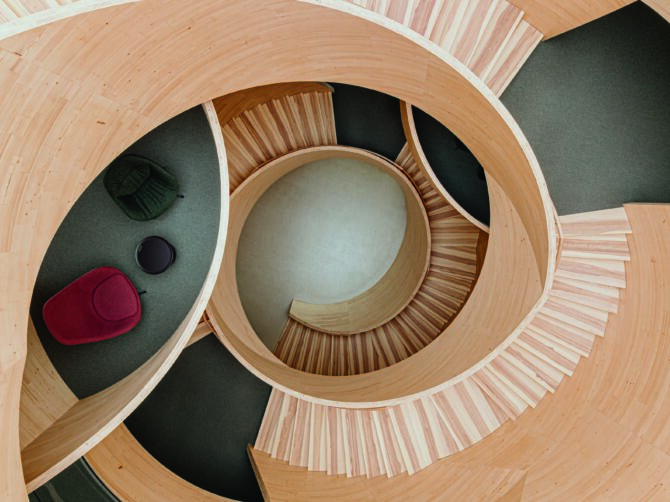
In a small Swiss town, K&L Architekten has crafted a timber HQ for Blumer Lehmann that pairs structural rationality with free-form expression to unite the workforce under one roof
The best HQs do more than provide workspace – they embody the spirit of the companies that they offer a home to. In Gossau, Switzerland, the new headquarters for Blumer Lehmann by K&L Architekten not only expresses the values and identity of the 150-year-old timber construction experts, but is an evocative showcase of the material that has defined the company’s legacy.
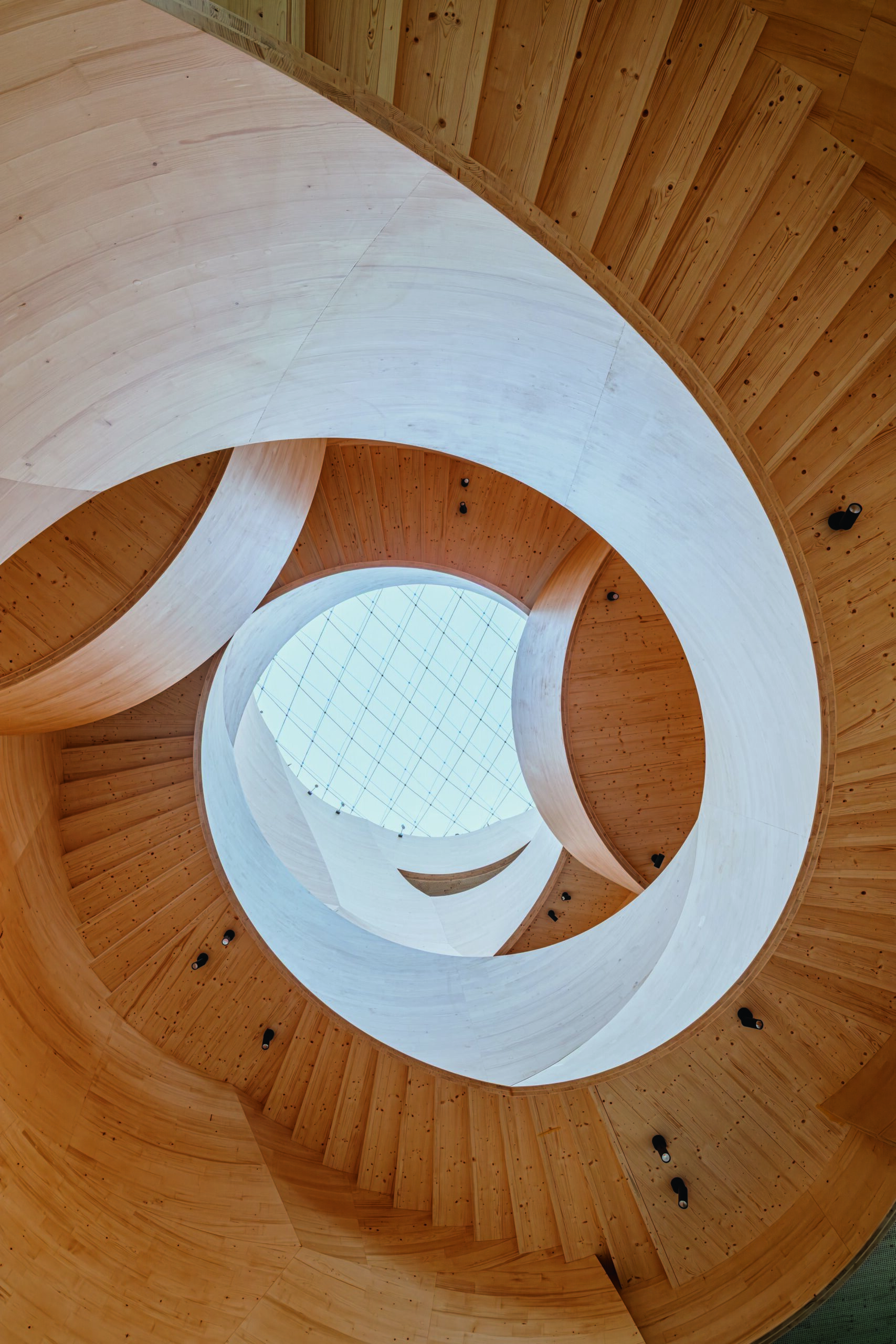
“From the very beginning, we knew that as much as possible would be done in timber,” says Johanna Deinet, partner at K&L Architekten. “We brought our design ideas; Blumer Lehmann brought its expertise in timber construction.”
The new HQ was a chance to consolidate Blumer Lehmann’s various departments, which had long been scattered across various locations. To blur the boundaries between work and social interactions and encourage different teams to mix, the ground floor features an open foyer with flexible gathering spaces, defined by a dramatic spiralling stair, a terrace and cafeteria. “Bringing everyone together into this new headquarters was not only about logistics,” says Deinet. “It was about fostering connection and collaboration across the teams. You can really see that it’s made for meeting – not only with customers but internally, too.”
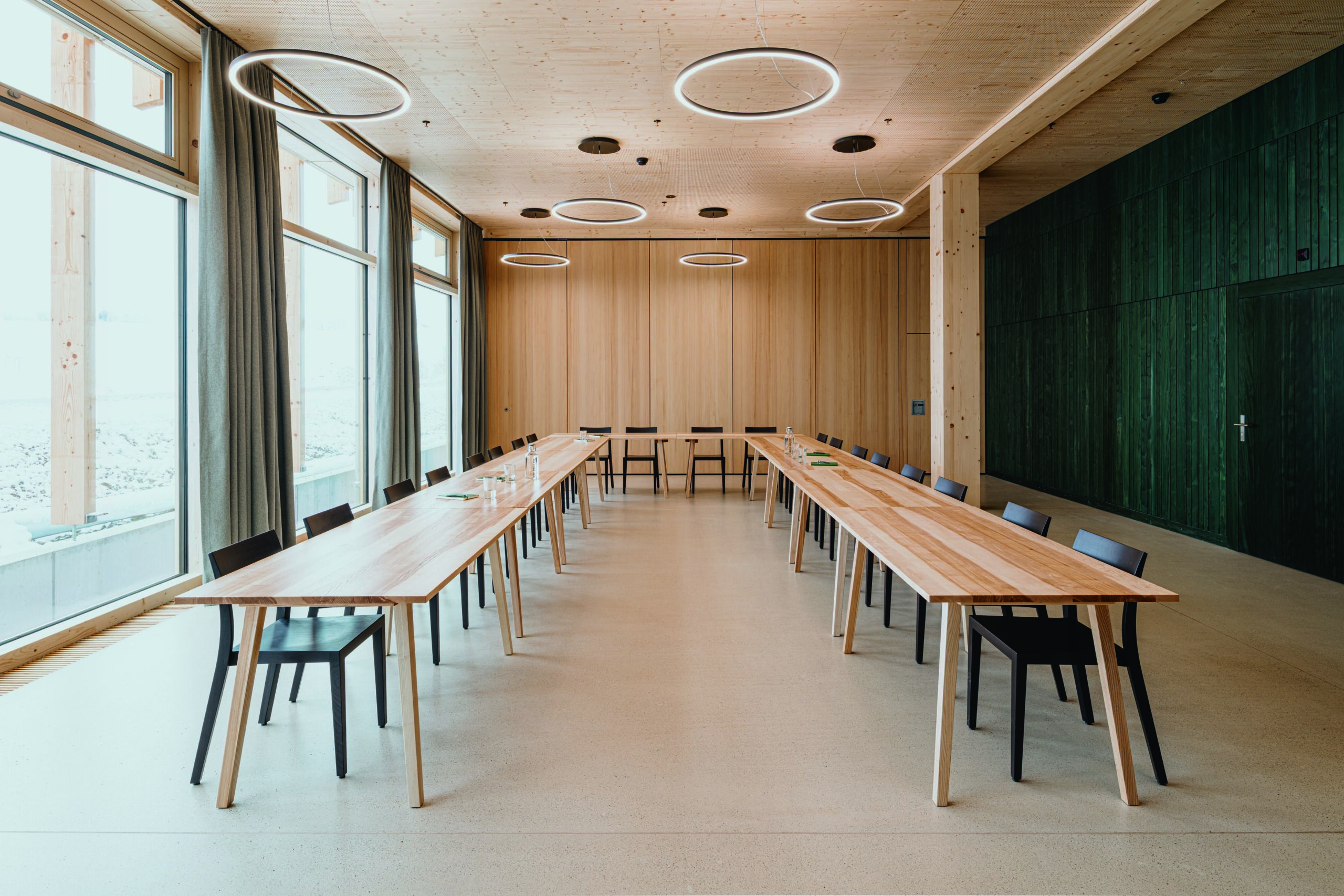
The ground floor also accommodates several multifunctional rooms used for everything from informal catch-ups to large-scale events. A large, moveable screen allows the cafeteria to transform into a venue space, while swathes of glazing offer views over the rewilded stream, which powered a sawmill that once stood here.
While much of the timber construction was straightforward, several elements are more experimental and push the craft into new territory. The central atrium is perhaps the most impressive. Designed in collaboration with the Institute for Computational Design and Construction (ICD) at the University of Stuttgart, it’s crafted from a new product that Blumer Lehmann was bringing to the market at the time of its design, allowing cross-laminated timber to be used to craft sweeping curved forms.

“The central void is really important to the design, as it connects everything and encourages a collaborative work culture,” explains Deinet. “We’re not specialists in creating curved timber structures, so we partnered with ICD. The design process was quite intense because it wasn’t just sculptural – it also had to meet many functional and safety requirements.”
Spanning four levels, the staircase rises through the central core of the building, its sinuous form contrasting with the angular geometry of the floorplans that surround it. This interplay between an organic and a more linear language runs throughout the project.
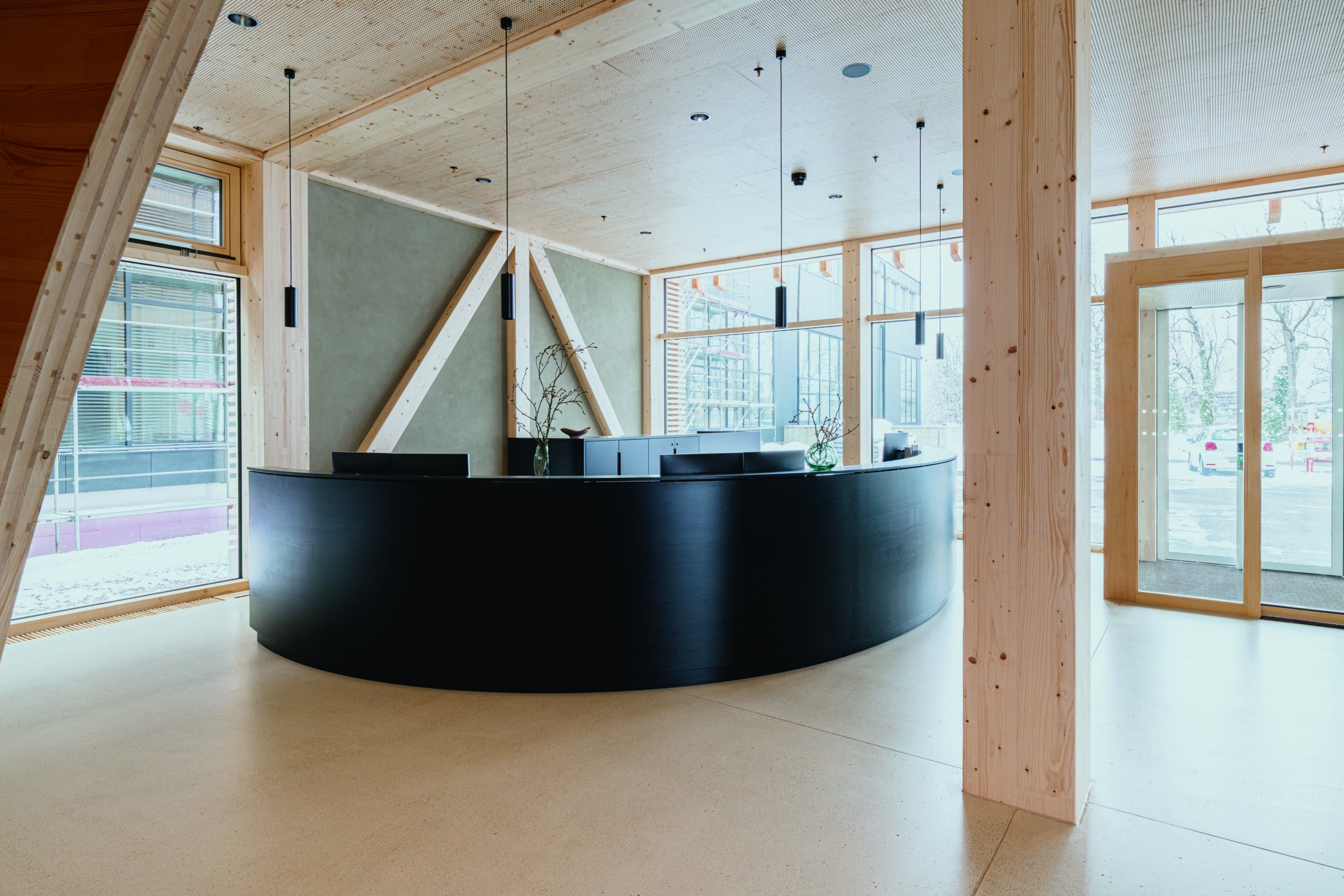
The black reception desk, for example, floats like a sculptural island in the entry hall and is echoed by the cafeteria’s circular service counter. Like the spiral stairs, these features are designed to signal welcome and community. “It’s a clear cue that this is a shared and inviting space”, says Deinet.
Contrast is also used to define the more functional meeting rooms located at the building’s core. The timber here is stained a dark green, setting it apart from the raw spruce and fir elsewhere. “Our concept was all about the visual contrasts,” explains Deinet. “You still see the grain of the timber beneath the stain, though, which keeps that sense of a unified material palette.”

The building’s exterior cladding is another feature that reimagines the possibilities of timber as a material. The latticed construction takes its cues from timber drying racks, with vertical and horizontal elements arranged like neatly stacked planks – a playful nod to Blumer Lehmann’s processes. “Normally, it’s a big no-go to place timber horizontally like that due to standing water,” says Deinet. “But the client saw the strength of the idea and together we developed a way to make it work.”

Throughout, the primarily timber palette is complemented by other natural materials. Clay panels that help regulate humidity are attached to the interior of the southern façade, and red clay panels connected to a cooling system line the ceiling of the meeting rooms, regulating the interior environment and improving acoustics.
A steel-clad tunnel connects the main office to the neighbouring building, which houses a hall where large-scale timber components are fabricated on the ground floor and additional office space can be found on the upper floor. The tunnel’s organic shape – complete with a porthole window – deliberately contrasts with the timber construction and highlights the transition between spaces, while also meeting strict fire-safety regulations.
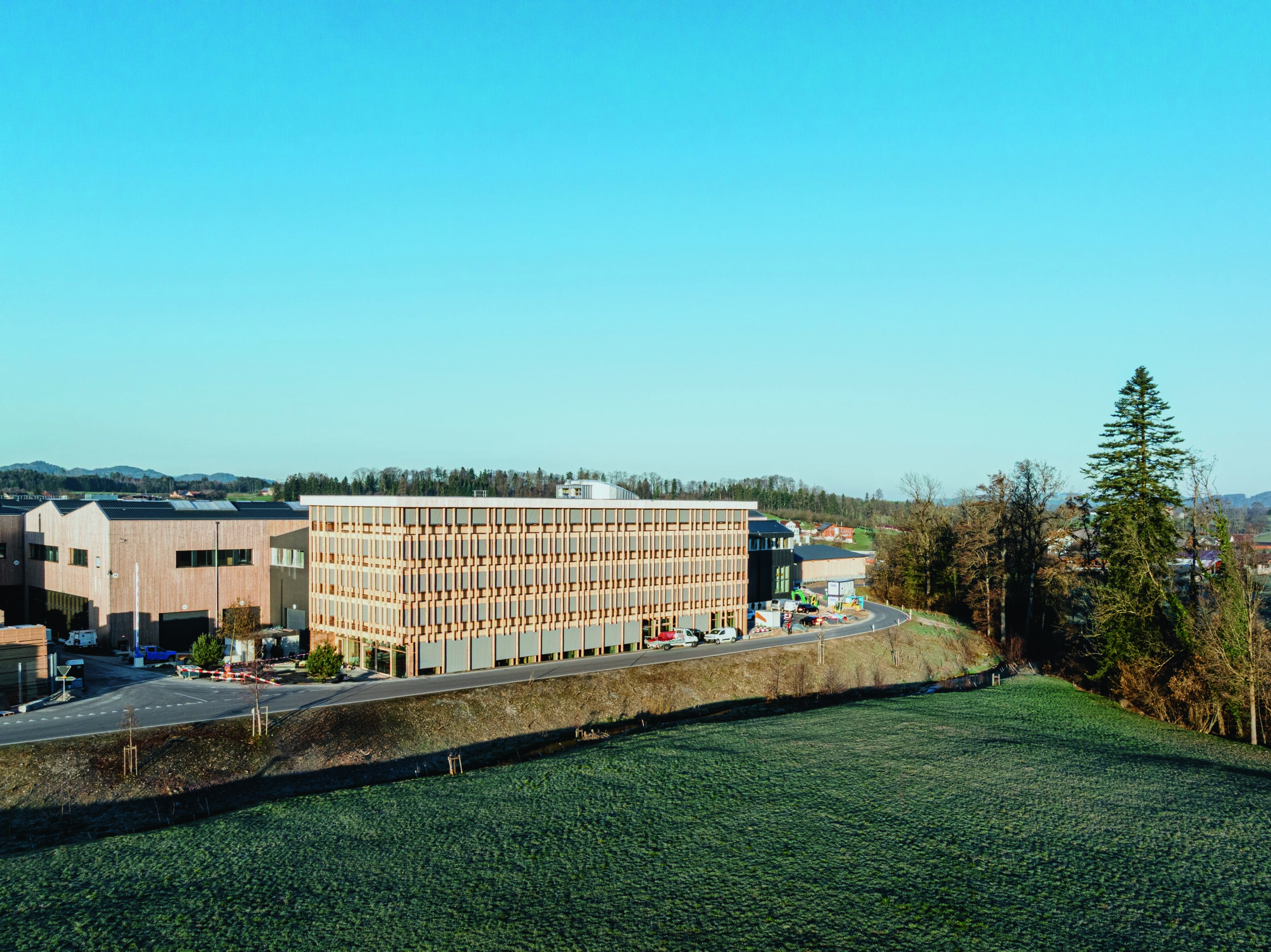
For a company whose name is synonymous with timber innovation, it’s fitting that its own headquarters now embodies that same ethos – and the combination of design excellence and expertise resulted in a true expression of the original concept. “As an architect, that moment when you see the finished building is always meaningful – and this was one of those rare projects where it was realised almost exactly as we designed it. There were very few compromises,” says Deinet. “We are looking forward to seeing it age too, as we are confident that it will eventually develop a beautiful grey patina and become even more characterful.”
Photography by Jan Thoma
This story was originally featured in OnOffice 172, Autumn 2025. Discover similar stories by subscribing to our weekly newsletter here

